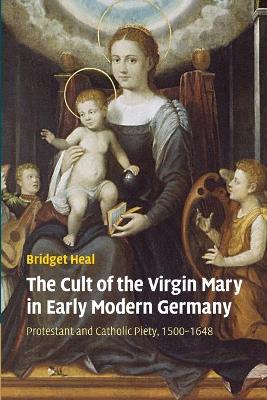Past and Present Publications
1 total work
What happened to the fervent Marian piety of the late Middle Ages during Germany's Reformation and Counter-Reformation? It has been widely assumed that Mary disappeared from Protestant devotional life and subsequently became a figurehead for the Catholic Church's campaign of religious reconquest. This book presents a more finely nuanced account of the Virgin's significance. In many Lutheran territories Marian liturgy and images - from magnificent altarpieces to simple paintings and prints - survived, though their meaning was transformed. In Catholic areas baroque art and piety flourished, but the militant Virgin associated with the Counter-Reformation did not always dominate religious devotion. Traditional manifestations of Marian veneration persisted, despite the post-Tridentine Church's attempts to dictate a uniform style of religious life. This book demonstrates that local context played a key role in shaping Marian piety, and explores the significance of this diversity of Marian practice for women's and men's experiences of religious change.
